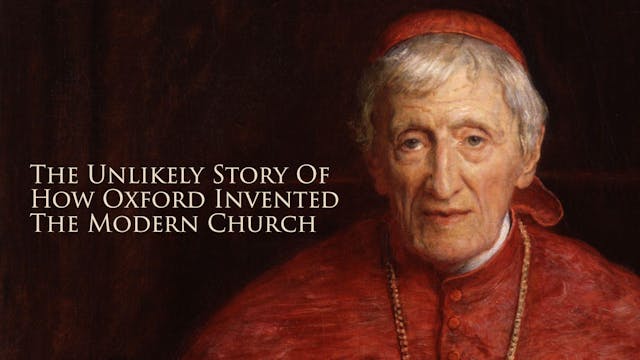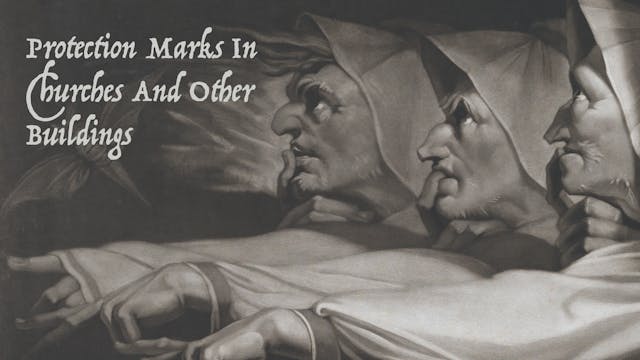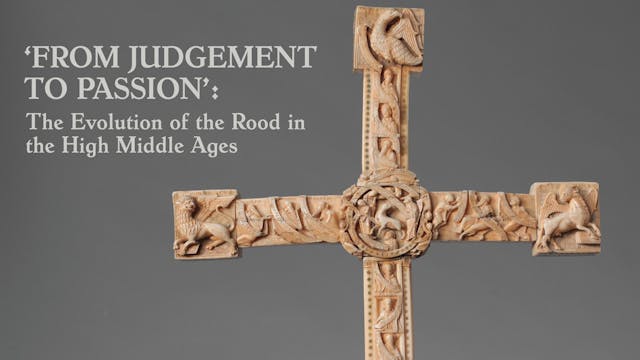Romantics, Catholics &and Millenarians: Pugin and the Victorian Church
Our Free Lectures
•
1h 11m
A W N Pugin (1812-1852) is now most famous as the co-designer of the Houses of Parliament. His greatest influence, however, was as a church architect. In his short life he transformed church design across Britain and Ireland and his influence extended to America and Australia. Born an Anglican he became a Catholic but the Drummond Chapel, his only work in the care of the CCT, was built for a millenarian sect in Surrey. Rosemary Hill, Pugin’s biographer, will talk about his life and work and his belief in the sacred power of architecture.
Rosemary Hill is a writer, historian and independent scholar with an interest in biography, material culture and the connections between them.
She has written two prize-winning books: God’s Architect, a life of the Gothic Revival architect, A W N Pugin and Stonehenge, a history of one of Britain’s greatest and least understood monuments. Her last book, Unicorn: The Poetry of Angela Carter, was published in 2015. Her next book, Time’s Witness: how Romanticism changed history, will be published in June by Allen Lane.
She is a fellow of the Royal Society of Literature and the Society of Antiquaries, a member of English Heritage's Blue Plaques Panel, a trustee of the Pugin Society and a Quondam fellow of All Souls College, Oxford.
You can buy Rosemary's books through our online store.
Up Next in Our Free Lectures
-
The Unlikely Story Of How Oxford Inve...
Join Professor William Whyte of Oxford University as we look at the early beginnings of the Oxford Movement, including the Key Players who helped to shaped and define the Church and whose beliefs and values saw the appearance of churches change in England.
-
Protection Marks In Churches and Othe...
In old buildings many subtly carved marks can be found on stone, plaster and timber with a variety of meanings and purposes. There are masons’ marks, carpenter’s marks, merchants marks, shipping marks, historic graffiti (covers a wide range) and then there are protection marks.
In this short pre...
-
'From Judgement to Passion': The Evol...
The focal image in almost every late medieval English church would have been a large crucifixion at the east end of the nave, usually mounted above the chancel arch on a screen or beam. Of the many hundreds of these monumental roods that must once have existed, only a handful of fragments remain....



